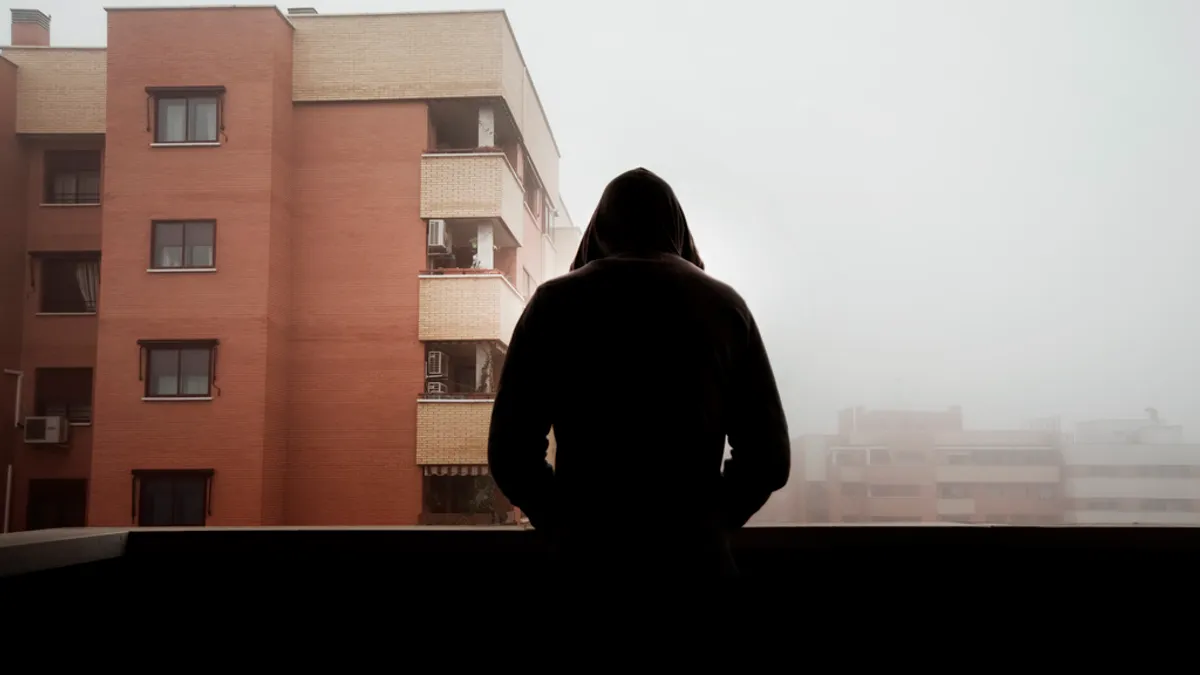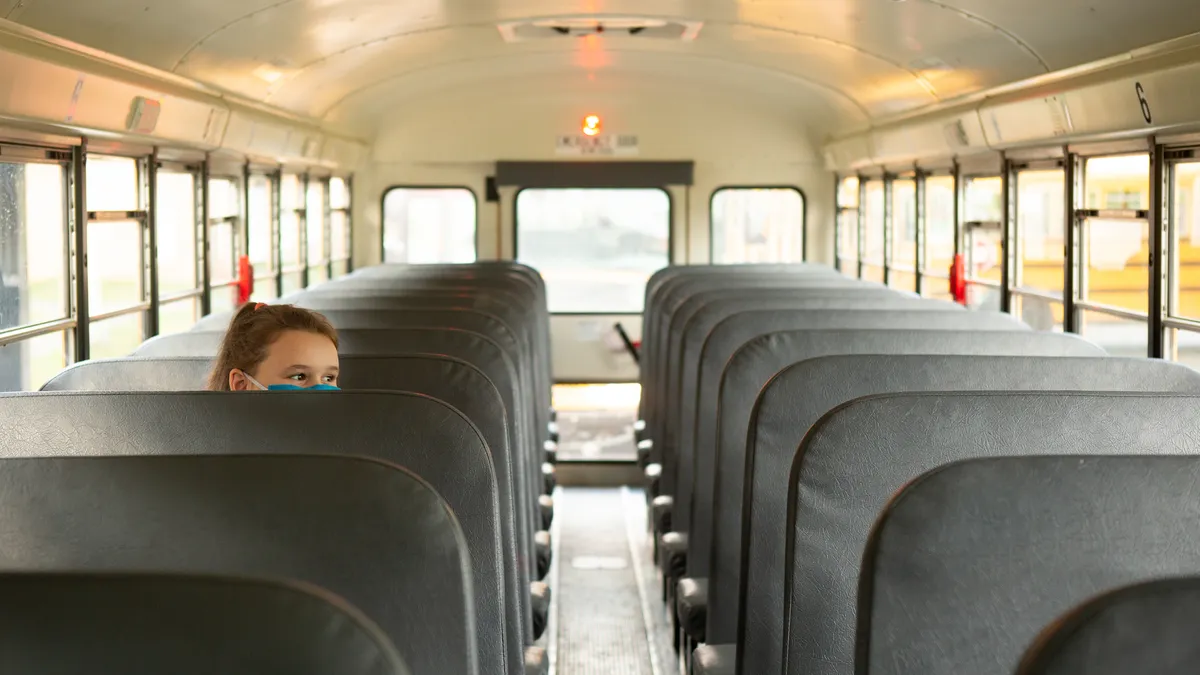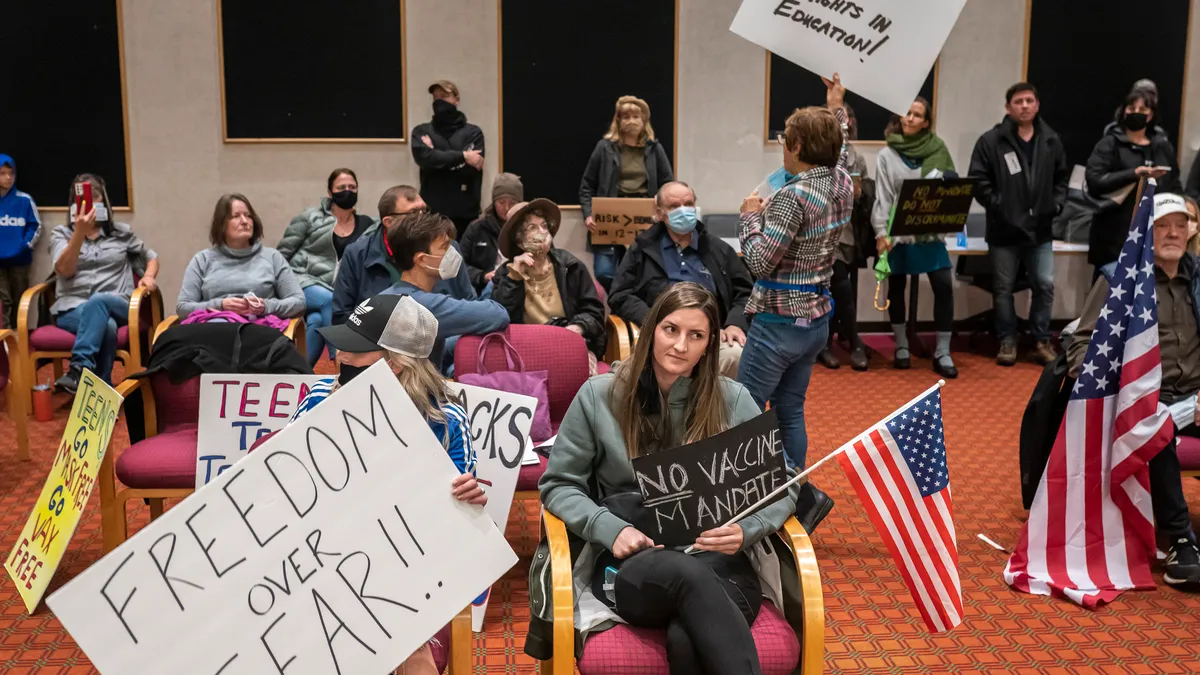Dive Brief:
- GLSEN, the Gay Lesbian Straight Education Network, highlights several straightforward steps schools can take to reduce bias-based bullying against LGBT students in its latest report, “From Teasing to Torment: School Climate Revisited.”
- District Administration reports 85% of GLSEN teacher survey respondents said they had received professional development to deal with bullying, but only 33% of them had been trained on issues specific to LGBT students, and only 24% had received specialized training for transgender issues even though these two groups are more likely than their peers to experience bullying.
- Teachers can incorporate LGBT individuals and issues into their lesson plans, post anti-hate signs in their classrooms and sponsor Gay Straight Alliance clubs, and administrators can ensure anti-bullying policies specifically protect LGBT students.
Dive Insight:
Surveys from 2015 showed bullying was down slightly from prior years. On average, however, one in four students is bullied. This average obscures significant variation across schools and YouthTruth recently reported a range across the schools in which it conducts student voice surveys. Bullying can reach as many as 59% of students in some schools or as few as 12% of students. In either case, there is room for improvement, and school policies can be an important step toward changing culture.
Teachers across the country reported a “Trump effect” during the presidential campaign, linking increased bullying to the president-elect’s behavior and rhetoric. Even in GLSEN’s 2015 survey, race/ethnicity was the one category in which students reported hearing more biased-based remarks than their peers in 2005. With Trump headed to the White House, schools have taken steps to ensure students know they are still expected to contribute to an inclusive, supportive school environment.













